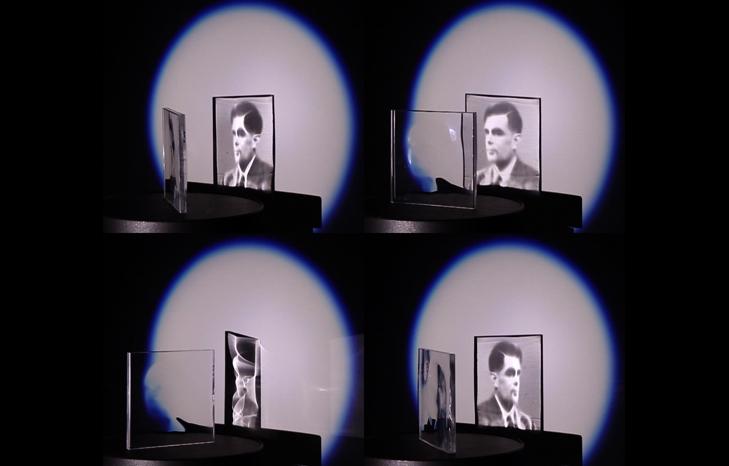Mark Pauly, associate professor at the School of Computer and Communication Sciences at EPFL, Switzerland, currently on a sabbatical stay at Columbia University, co- hosted with the Princeton University computer graphics group.
Room N107, School of Architecture
Monday, April 29th, 12.30
Architectural caustics
Research project overview
Title: Geometric Optimization for Architectural Design
Abstract: In this talk I will look at the question of how computation can facilitate, simplify, or enrich architectural design and construction. Geometric constraints derived from material properties, fabrication imperatives, or assembly restrictions typically define complex design spaces. Exploring such spaces to find a design solution that meets all constraints is becoming increasingly difficult as projects grow in size and complexity. Computational solutions can help tame this complexity and allow the architect to focus on the essentials of the design task without worrying about low-level constraint satisfaction. I will show how new geometric optimization methods can be integrated into the architectural design process to facilitate applications in constrained exploration of tessellated freeform surfaces, design of interlocking planar assemblies, and form finding for controlled light patterns.
Bio:
Mark Pauly is an associate professor at the School of Computer and Communication Sciences at EPFL, Switzerland. Prior to joining EPFL, he was assistant professor at the CS department of ETH Zurich and a postdoctoral scholar at Stanford University. He completed his Ph.D. degree in 2003 at ETH Zurich. His research interests include computer graphics and animation, shape processing and analysis, architectural geometry, and geometric optimization and design. Mark is in the steering committee of the Symposium on Advances in Architectural Geometry (AGG) that he co-chaired in 2010. His work on Architectural Caustics was awarded the best paper award at AAG 2012.



